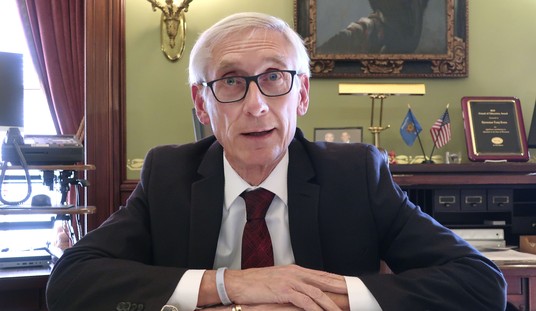At Ricochet, Claire Berlinski proffers an intriguing question:
When I was working on that piece about banning the burqa, I found it extremely helpful to put the question to Ricochet’s members. It very much helped my to clarify my own thoughts. (That piece will be out next week in National Review, by the way. You’ll see that I came down on the side of banning it–and quite strongly. I thought the arguments in favor of the ban won the day.)
I’m working now on another piece, for City Journal, and again trying to get my own thoughts organized. The story is about what I’d call “Weimar Istanbul,” by which I mean the spookiness of living in a city that’s at the epicenter of an impending political catastrophe, the mood of dread but also of astonishing vitality — creative, artistic, economic — that makes it hard to believe things are as serious as my sense of logic tells me they are.
I’m wondering if there’s such a phenomenon as a “Weimar city,” by which I mean a city that is in some way animated, given a distinct culture, by a mood of political precariousness. What would these cities have in common? What would be good examples of such cities from history?
Any specialists in Weimar history and culture out there? What might I be reading (beside Peter Gay, obviously) that might give me a fuller sense of the parallels between contemporary Istanbul and, say, Weimar Berlin? I’m looking for analogies both political and cultural.
Building on comments from her readers, Berlinski has more on this topic here.
Related: At Power Line, a look at one aftermath of the post-Weimar years: “The Firm: A word from Gary Bruce.”
Follow the link at the end for my recent podcast interview with Bruce.










Join the conversation as a VIP Member